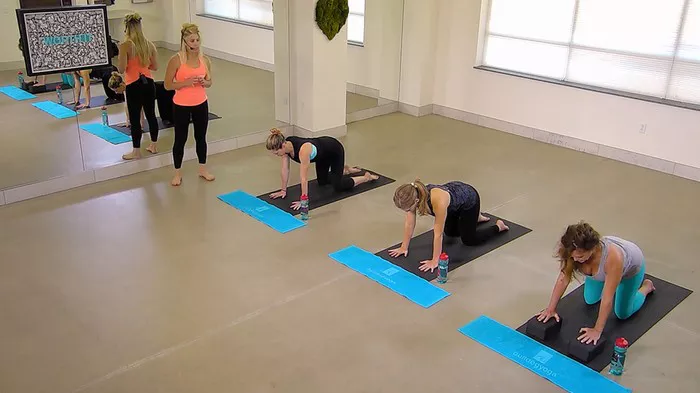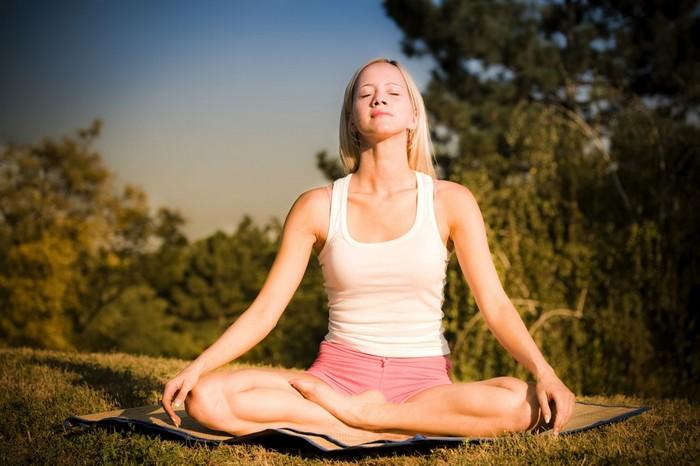Yoga has become increasingly popular in recent years. Many practitioners claim they feel a strong attachment to their practice. But is this attachment a form of addiction? To answer this, we need to explore what addiction means and how it relates to yoga. Addiction typically involves a compulsive behavior that leads to negative consequences. In contrast, yoga is often seen as a positive practice that promotes physical and mental well-being. However, the line between healthy attachment and addiction can sometimes blur.
Understanding Yoga and Its Benefits
Yoga is a mind-body practice with roots in ancient India. It combines physical postures, breathing exercises, and meditation. Many people turn to yoga for various reasons. They seek relief from stress, improved flexibility, and increased strength. The benefits of yoga are well-documented. Research shows it can help reduce anxiety and improve overall health. For many, yoga serves as a coping mechanism. It offers a break from daily stressors and helps create a sense of calm.
Yoga can also foster a strong sense of community. Group classes create social connections. This sense of belonging can enhance the positive feelings associated with the practice. When people feel supported by others, they are more likely to stick with it. However, this can lead to questions about whether the attachment is healthy or excessive.
Recognizing the Signs of Addiction
Addiction typically involves a compulsive need to engage in a behavior. This can lead to neglecting responsibilities and relationships. In yoga, signs of addiction can manifest in different ways. For example, a practitioner may feel the need to attend class every day. They might prioritize yoga over work, family, or social obligations. This is where it’s essential to differentiate between commitment and obsession.
It’s crucial to assess one’s motivations for practicing yoga. Healthy motivations include self-care and personal growth. However, if someone practices yoga to escape problems or because they feel compelled, it may indicate a deeper issue. It’s also important to recognize the potential for physical injury. Overtraining in yoga can lead to chronic pain and other health issues. This can be a significant red flag. If the desire to practice comes from a fear of missing out or social pressure, it’s worth evaluating those feelings.
The Role of Mindfulness in Yoga Practice
Mindfulness is a core aspect of yoga. It encourages practitioners to be present and aware of their thoughts and feelings. This awareness can help identify when yoga becomes excessive. Mindfulness helps create a balanced relationship with practice. It encourages individuals to listen to their bodies and respect their limits.
Practicing mindfulness can reduce the risk of developing an unhealthy attachment to yoga. By staying in tune with one’s needs, a person can enjoy the benefits of yoga without overindulging. This awareness can lead to a more sustainable practice. A balanced approach means taking breaks when needed and exploring other forms of exercise.
Finding Balance in Yoga Practice
Finding balance is crucial for any yoga practitioner. Balance involves recognizing the difference between healthy engagement and harmful obsession. Engaging with yoga should feel nourishing and uplifting, not draining. Practitioners should check in with themselves regularly. Reflecting on their motivations can help ensure they are practicing for the right reasons.
It’s also essential to explore different aspects of yoga. Many styles exist, and finding one that resonates can enhance the experience. This diversity can prevent monotony and promote a well-rounded approach. Engaging in various forms of movement and relaxation can help maintain balance.
Community and Support in Yoga
The community aspect of yoga can contribute to its addictive nature. When individuals feel a sense of belonging, they may be more inclined to practice frequently. While this connection is generally positive, it can lead to social pressure. Practitioners might feel they must attend classes to maintain their social circles.
Support from instructors and peers can also impact one’s relationship with yoga. Positive reinforcement can encourage individuals to push their limits. While encouragement is vital, it’s essential to remain aware of personal boundaries. A supportive environment should foster growth, not compulsion.
The Psychological Aspect of Yoga Addiction
Psychologically, addiction often stems from deeper emotional issues. For some, yoga can serve as a healthy escape from stress or trauma. While this can be beneficial, it can also mask underlying problems. Relying solely on yoga for emotional relief can lead to dependency.
It’s essential to explore other coping strategies in addition to yoga. Therapy, meditation, and creative outlets can provide additional support. A multifaceted approach to mental health can prevent the overreliance on yoga as a singular solution. Balancing yoga with other healthy habits can lead to a more fulfilling life.
The Importance of Self-Reflection
Self-reflection is a vital tool in understanding one’s relationship with yoga. Regularly assessing motivations and feelings about practice can illuminate potential issues. Questions to consider include: Why am I practicing yoga? Do I feel guilty when I miss a class? Am I practicing for myself or to please others? These reflections can help clarify intentions and prevent the development of an unhealthy attachment.
Practitioners should also consider journaling their experiences. Writing can be a therapeutic way to process feelings and thoughts. Documenting the journey can reveal patterns and highlight areas for growth. It can also serve as a reminder of the initial intentions behind starting yoga.
Developing a Healthy Relationship with Yoga
Developing a healthy relationship with yoga requires intention. Practitioners should aim for balance, flexibility, and self-awareness. This can include setting realistic goals and expectations. It’s essential to remember that yoga is a personal journey. Everyone’s path is different, and comparing oneself to others can lead to feelings of inadequacy.
Incorporating variety into practice can also help maintain a healthy relationship. Trying new styles, instructors, and environments can keep the experience fresh. It encourages exploration and keeps the mind engaged. Additionally, taking regular breaks can rejuvenate the body and spirit. Rest is an integral part of any physical practice.
See Also: Does Yoga Help Burn Belly Fat? Unraveling the Realities
The Role of Education in Yoga Practice
Education plays a crucial role in fostering a healthy yoga practice. Understanding the principles of yoga, anatomy, and mindfulness can deepen one’s practice. Knowledge empowers practitioners to listen to their bodies and avoid injury.
Workshops and training sessions can provide valuable insights into the practice. Learning from experienced instructors can also foster a sense of community. Engaging with others who share similar interests can enhance motivation and support. However, it’s essential to approach education with a balanced mindset.
Conclusion
Ultimately, yoga should be a positive practice that enriches life. It can provide numerous benefits, from physical strength to emotional resilience. However, recognizing the signs of addiction is crucial. Practitioners must maintain a mindful approach.
The key to enjoying yoga lies in balance and self-awareness. By cultivating a healthy relationship with yoga, practitioners can experience its many rewards without falling into the trap of addiction. As long as the practice enhances life rather than detracts from it, yoga can be a lifelong companion on the journey to wellness.
In summary, the question “Is yoga addictive?” invites us to explore the nuances of our relationship with this ancient practice. By understanding the signs of addiction, fostering mindfulness, and encouraging balance, we can ensure that our yoga practice remains a source of joy and growth.
You Might Be Interested In


















